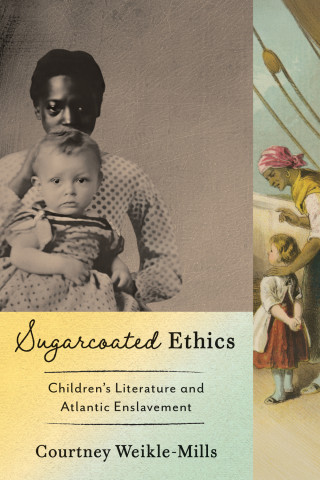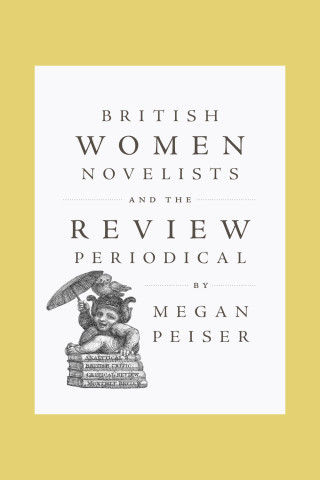
Book Details
Abbreviations
Introduction
Part I: Twain's Early Criticism: The Critic as Muggins
Chapter 1. Mark Twain and the Critical Fool
Chapter 2. Theatrical Criticism: A Dude Before Nudes
Chapter 3. Extravagant
Abbreviations
Introduction
Part I: Twain's Early Criticism: The Critic as Muggins
Chapter 1. Mark Twain and the Critical Fool
Chapter 2. Theatrical Criticism: A Dude Before Nudes
Chapter 3. Extravagant Romanticism: Playing Dumb
Chapter 4. Of Journalism and Art: A Mad and a Frustrated Fool
Chapter 5. Of Poetry and Sunday-School Tales: Anger and the Fool
Part II: Twain's Later Criticism: The Critic as Grumbelr
Chapter 6. The Grumbling Mark Twain
Chapter 7. Boys, Girls, and Goldsmith: Sense vs. Sensibility
Chapter 8. Cooper's Literary Offenses: Mark Twain in Wonderland
Chapter 9. "The Sir Walter Disease": A Sick South and Sickened Mark Twain
Chapter 10. Bret Harte: The Grumbling Realist's Friend and Foe
Part III: Twain's Appreciative Criticism: From History into Life
Chapter 11. Macaulay: Living History by Antitheses
Chapter 12. Howells and the Poetics of Appreciation
Chapter 13. Howe and Zola: The Opposing Truth
Chapter 14. Wilbrandt: The Tragic Conquest of Evil
Bibliography
Index





